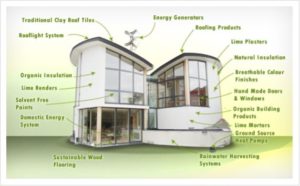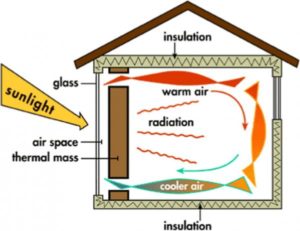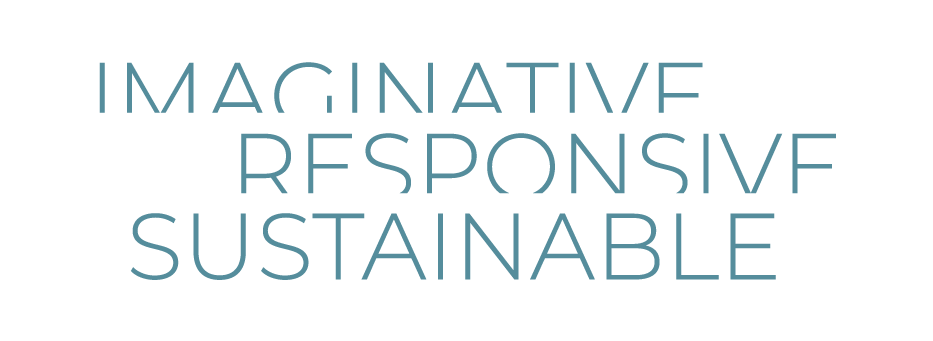
In general terms they are houses that use minimal amounts of energy to provide the heat and hot water we need every day. They are also designed to conserve this energy in a highly efficient way. And in order to pass as truly sustainable, they need to be built from materials that took minimal energy to manufacture.
There are now recognised standards for eco houses which you may have heard of. ‘Passivhaus’ is the most widely known standard and is rigorous in its methodology and implementation. Created in Germany, these are very thoroughly conceived to deliver a system that achieves measurable results. In the UK ‘Paragraph 79’, referring to our National Policy Framework, is an exceptional standard for highly innovative houses that demonstrate a particularly unique approach to eco design. The rules, covering a wide range of ideas and approaches, are however subjective, making it harder to quantify the likely energy usage. Both approaches have an established place in the eco approach whilst offering different merits. ‘Passivhaus’ focuses on achieving very low energy usage for the property. It sets very clear and strict standards for the construction to ensure good air tightness and the elimination of cold bridges. ‘Paragraph 79’ is more general, taking a wider view which includes the possible combination of renewable technologies and allows a more experimental approach to the choice of building materials.

Having captured this natural heat, its conservation within the house, coupled with the provision of adequate ventilation, is the second essential element of the eco house. The challenge being to thermally insulate as much as possible, whilst preventing condensation and naturally maintaining a healthy environment in the house. This is easier said than done: steam and vapour created in both kitchens and bathrooms is both hot and energy laden. Extracting this energy out through a fan is effectively throwing it away. Eco houses look to capture this ‘latent’ heat and reuse it.
So an eco house aims not only to use less energy, but to conserve it as well, as far as possible.
The final part of the eco house criteria is the understanding of how much energy has gone into making the fabric and structure of all the components. The less energy used the better. Recycled components may well be the best solution to minimising the overall energy used in construction. However in reality, at present, there are precious few materials that can be recycled effectively and these are often hard to obtain or have transported to a particular building site.
Going forward, we need to look to manufacturing building components that, when required, can be dismantled and re-used or re-purposed. In order to deliver highly sustainable buildings that truly merit the environmental label in the future, we need to continue to improve the way eco buildings are designed and built, considering the provenance of materials used in their construction as well as how they function on an environmental level. There are now several research projects doing just this. One of these, led by Professor D’Arcy at Washington University, have devised a coating that can turn the ordinary house brick into a fast charging battery. Some time, in the not-too distant future, plugs and wall sockets may be a thing of the past as we all ‘connect’ to the energies created by our houses, not just for them.
